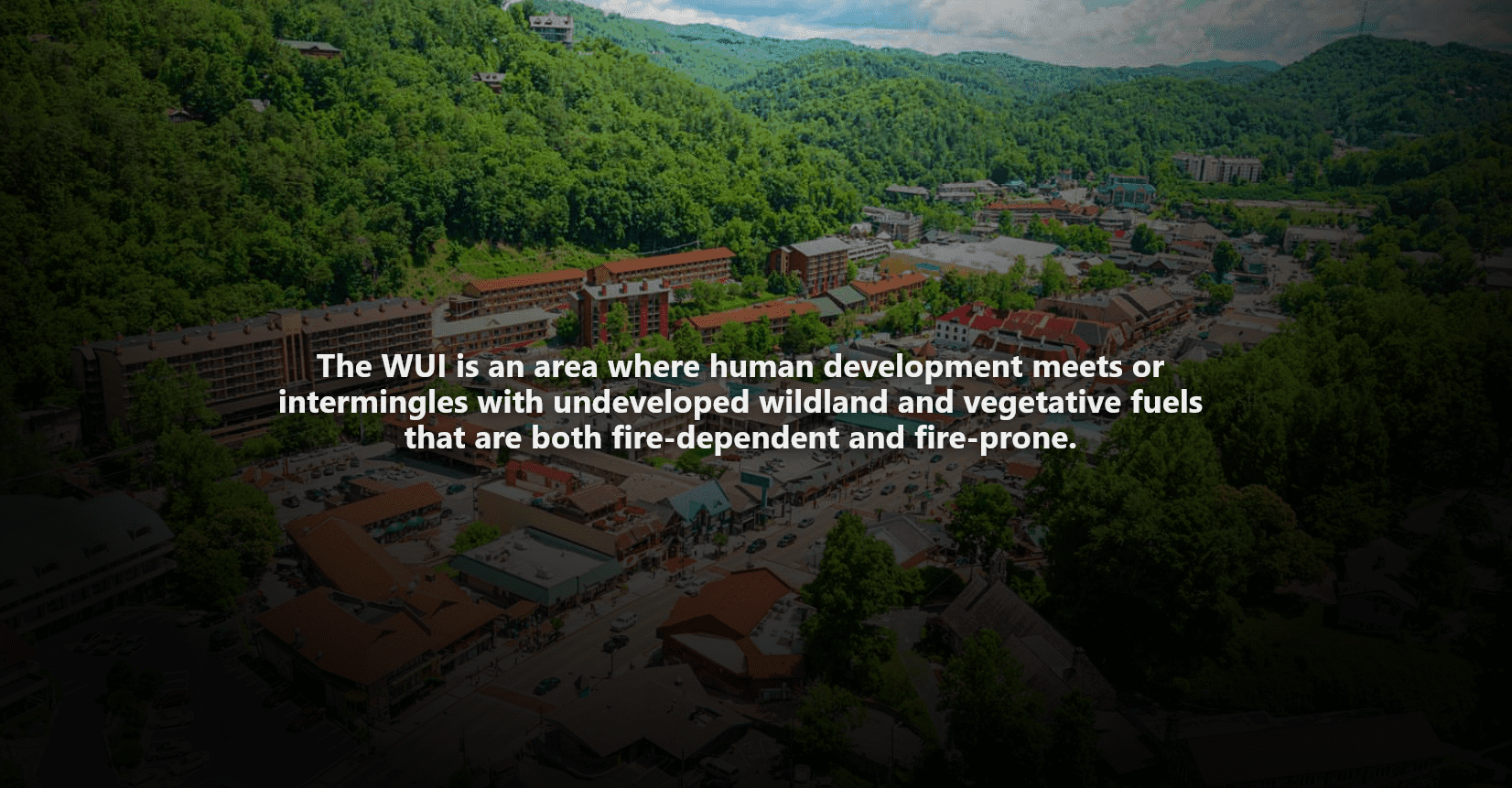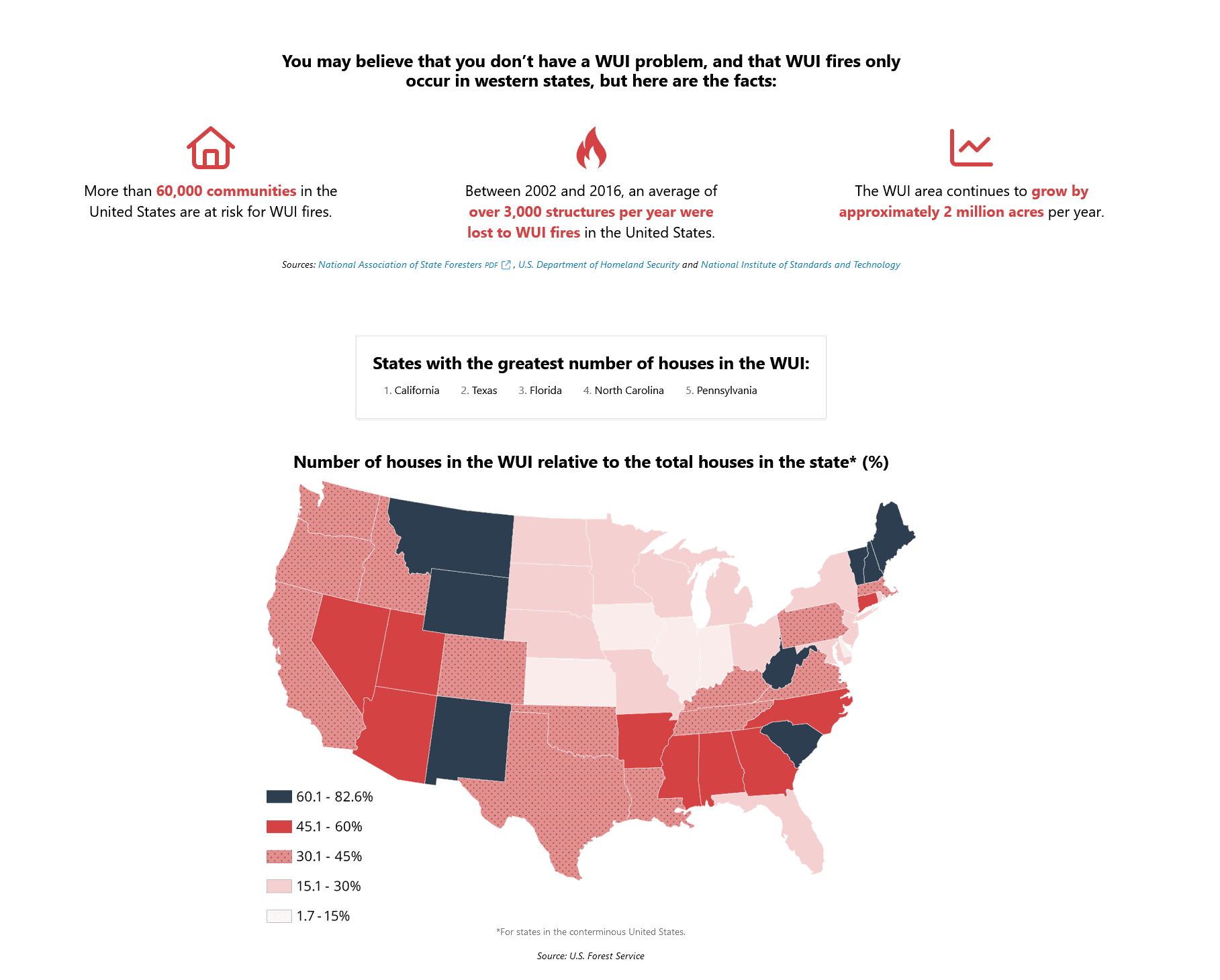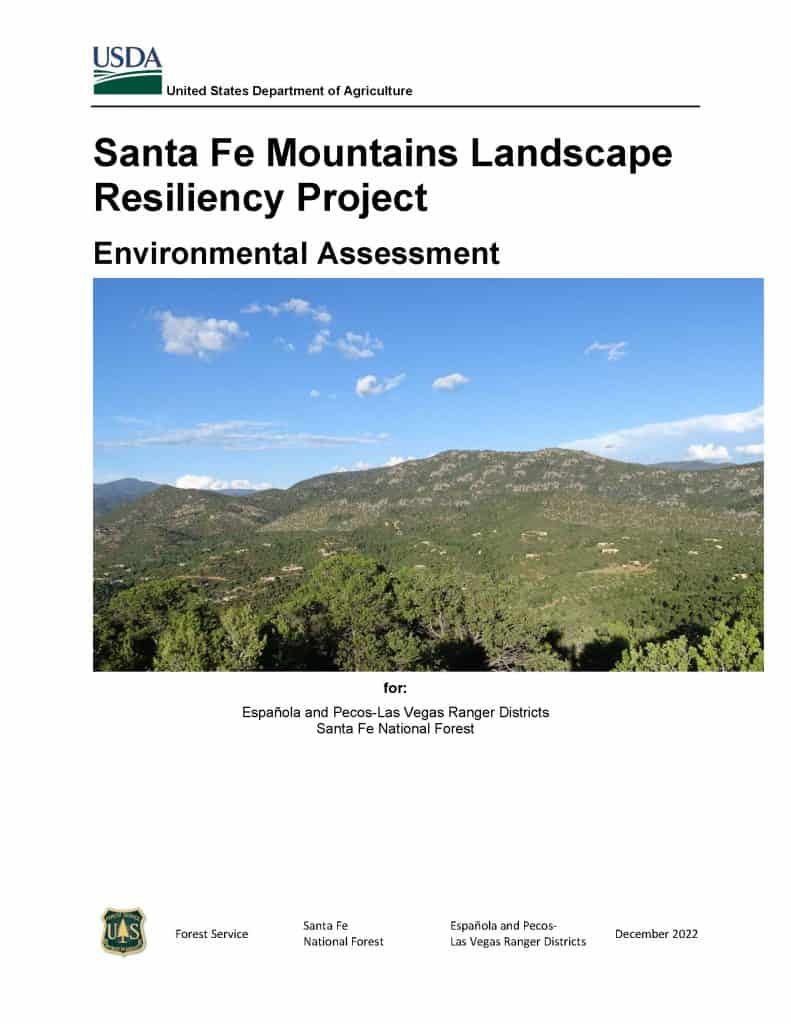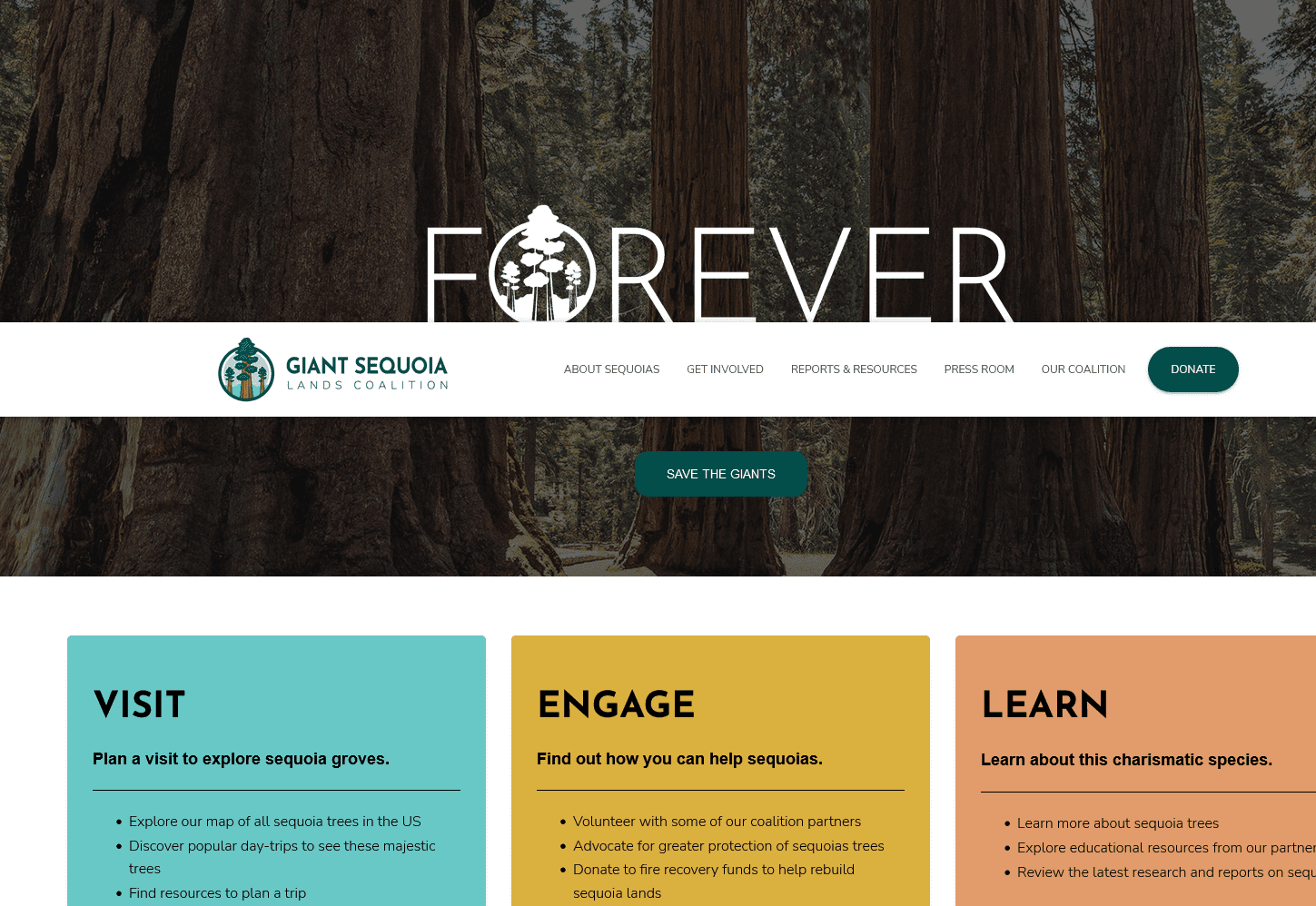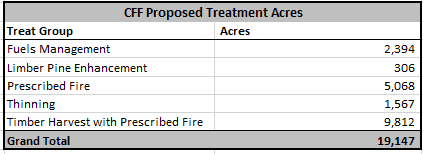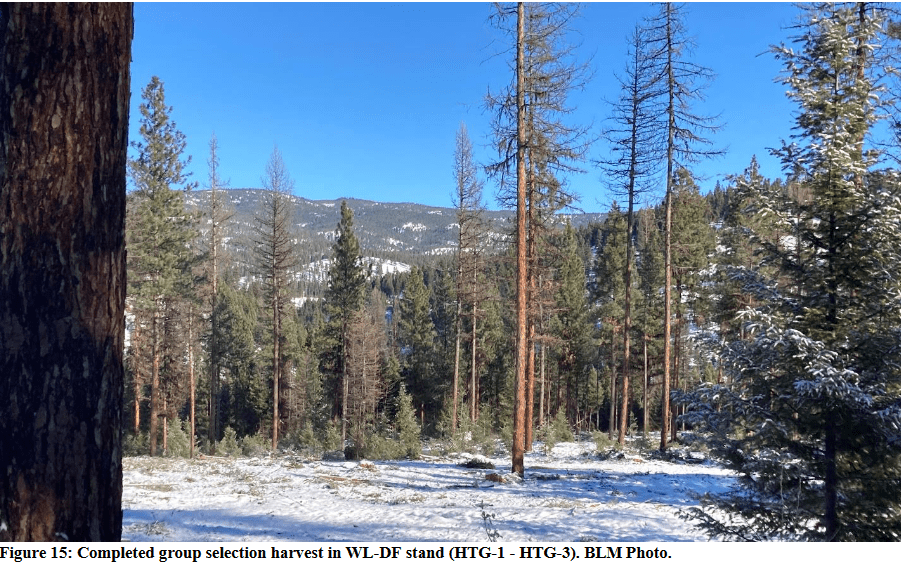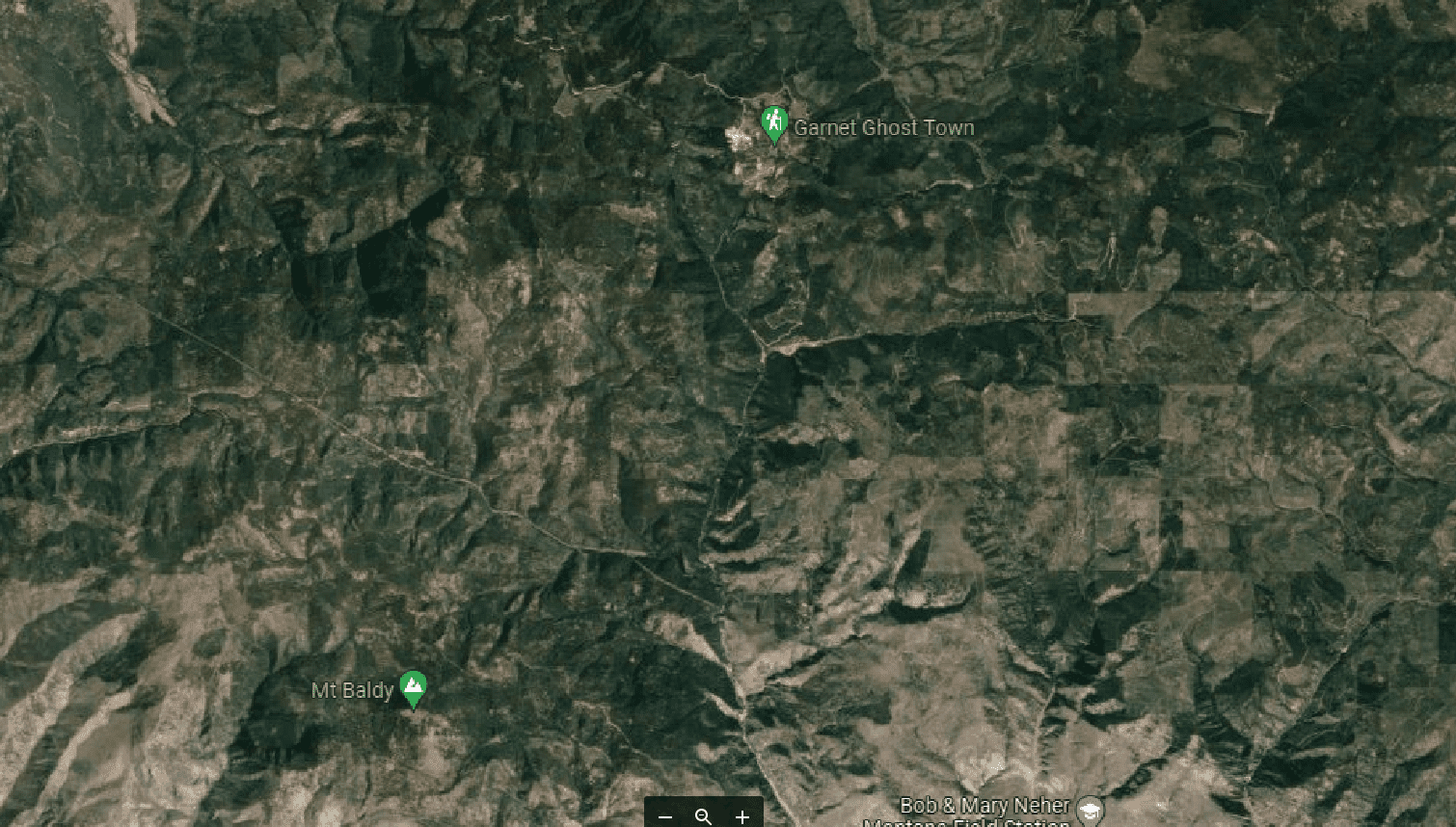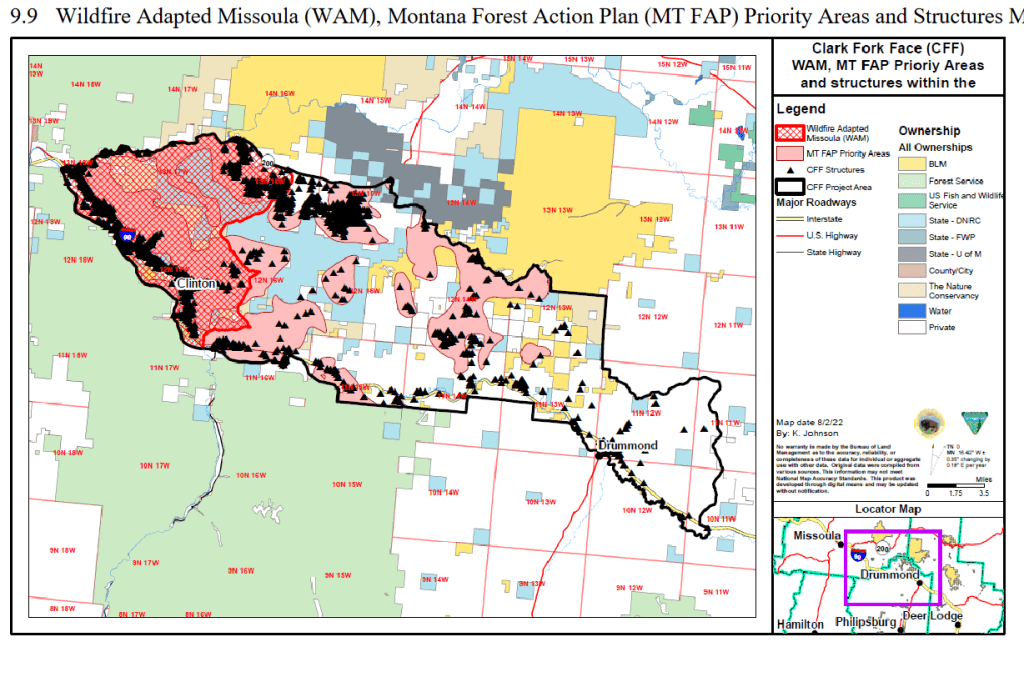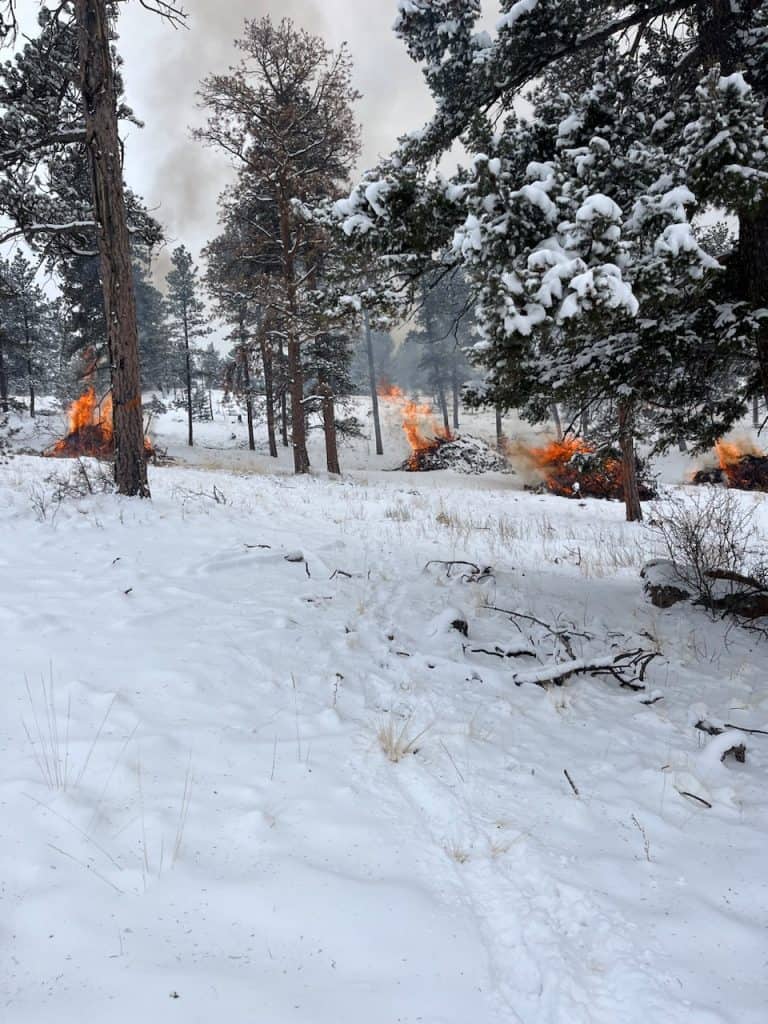
https://twitter.com/PSICC_NF/status/1625974301714427905/photo/2
Several people, including WUI residents doing mitigation work, brought this High Country News article to my attention.
****************************
Some of my pet peeves include redefining English words and making up abstractions, simply because those behaviors tend to increase disagreements just by misunderstandings. So here we go:
Thinning is not logging. To its opponents, thinning is a form of “silviculture by stealth,” as wildfire historian Stephen Pyne put it. Pyne, however, says thinning is more like “woody weeding.” Logging, he explained, harvests large, mature trees over large areas, while thinning mostly removes small trees. Logging makes money; thinning almost always costs money.
In plain old Helms Dictionary of Forestry, thinning is a cultural treatment made to reduce stand density. Now, Pyne, is a fire expert for sure, but Steve just posted about the Mount Baker-Snoqualmie project that, according to the Courthouse News article:
The Forest Service approved between 2,000 to 3,300 acres of commercial thinning and 1,060 acres of noncommercial thinning.
Now in plain English “commercial” means that you can make money from the stuff. So conceivably the old way of thinking “must be traditional sized sawtimber” to make money.. it could also be commercial firewood or chips or material for engineered wood products or biochar or….
Please everyone, let thinning mean thinning and commercial mean commercial!
*****************
I hadn’t seen this open-access Commentary by Jones et al, called “Counteracting Wildfire Misinformation” but maybe someone posted it previously. Short and worth a read.
A continually changing media ecosystem presents challenges and opportunities to mitigating the spread of misinformation. Here, journalists and news organizations have a weighty responsibility, playing a critical and often insufficient role in reducing misinformation.
More later on that.
********************
And here we go….
Thinning should be followed by prescribed fire. “If you don’t follow it up with the right fire, then it’s worthless, and in many cases may have made it worse,” said Pyne. Thinning and prescribed burning are the one-two punch that will knock out many severe wildfires. Prescribed fires do have drawbacks: They are complicated to plan and execute, they dump unwanted smoke on communities, they’re subject to litigation, and in rare instances they can spark destructive burns. Nevertheless, they are sorely needed, and without them, thinning rarely succeeds.
Thinning by itself is “worthless” and it “rarely” succeeds. It seems to me that it’s more complicated than that. Certainly thinning without removing the material could make things worse. But what fuels practitioner would design a project that doesn’t remove the thinned material? The discussion in the 10 common questions paper (cited in the HCN article) is more nuanced.
Thinning from below reduces ladder fuels and canopy bulk density concurrently, which can reduce the potential for both passive and active crown fire behavior (Agee and Skinner 2005). For instance, Harrod et al. (2009) found that thinning treatments that reduced tree density and canopy bulk density and increased canopy base height significantly reduced stand susceptibility to crown fire compared to untreated controls.
…
Some studies show that thinning alone can mitigate wildfire severity (e.g., Pollet and Omi 2002, Prichard and Kennedy 2014, Prichard et al. 2020), but across a wide range of sites, thin and prescribed burn treatments are most effective at reducing fire severity (see reviews by Fulé et al. 2012, Martinson and Omi 2013, Kalies and Yocom Kent 2016).
When we talk about “prescribed fires” , pile burning is not the image that springs to mind of “prescribed fire”. Even though it is prescribed fire.. When I looked around for a definition of all the kinds of prescribed fire, I thought this was a pretty good explanation from the BLM. And pile burning is not as complicated to plan and execute as other kinds. Fuels folks across the west have been doing it for years.
I find this discussion a little more confusing than it needs to be.
*************
Kelly Andersson of Wildfire Today had a piece today on this..
Opponents of thinning and other fuels treatment methods really need to take a look at the history of Lick Creek in Montana. The Lick Creek Demonstration – Research Forest studies were established back in 1991 in western Montana to evaluate tradeoffs among alternative cutting and burning strategies aimed at reducing fuels and moderating forest fire behavior while restoring historical stand structures and species compositions.
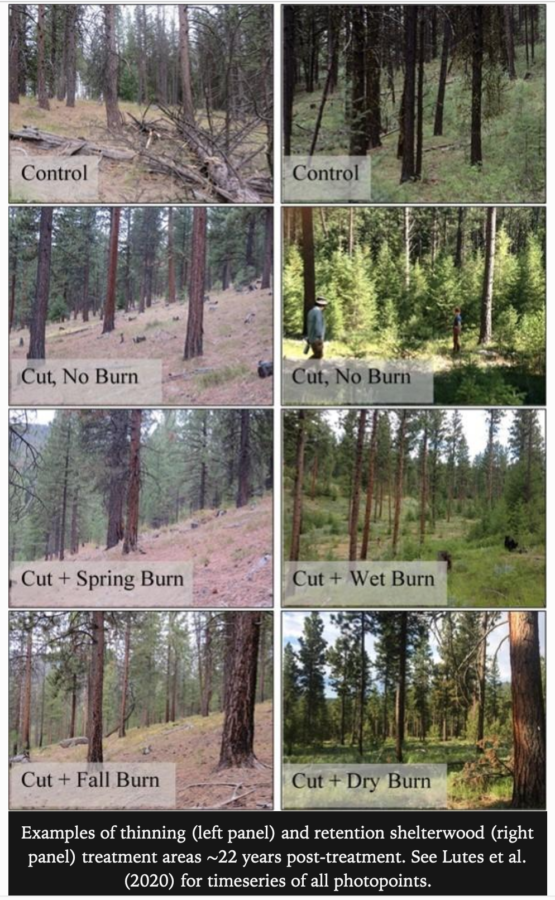
Firefighters and numerous studies over many years credit intensive forest thinning projects with helping save communities like those recently threatened near Lake Tahoe in California and Nevada, but dissent from some environmental advocacy groups still roils the scientific/environmental community. An Associated Press story out of Sacramento in October of 2021 noted that environmental advocates say data from recent gigantic wildfires support their long-running assertion that efforts to slow wildfires have instead accelerated their spread. “Not only did tens of thousands of acres of recent thinning, fuel breaks, and other forest management fail to stop or slow the fire’s rapid spread, but … the fire often moved fastest through such areas,” Los Padres ForestWatch, a California-based nonprofit, said in an analysis joined by the John Muir Project and Wild Heritage advocacy groups.
********************
It sounds like some groups say.. (1) thinning with burning doesn’t work (as the above statement in the AP story)
others (2) thinning plus mechanical removal doesn’t work without burning the smaller material left over, but that depends on site-specific conditions.
I ran across this paper by Cram et al. from NM and Arizona that said, for example, increasing surface fuels may have advantages in terms of suppression tactics.
Furthermore, when forest canopies are opened up via mechanical means, fine understory fuels can be expected to increase. The silver lining in increased fine surface fuels is the improved potential and efficiency to use back-burns ahead of a wildland-head fire, not to mention a key ecological role in the symbiotic relationship between fire and pine forests. Backfires burning through fine surface fuels are more effective and efficient in burning out understory fuels as compared to a closed canopy forest with a deep, but compacted, litter understory. Estimates of fireline intensity indicated that hand and dozer lines would have been effective containment techniques in treated stand.
IMHO this topic could really use some reporting by interviewing fuels and suppression folks and dig into the specifics of their experiences in different parts of the country. Quoting the usual academic and interest suspects is not adding much value.




